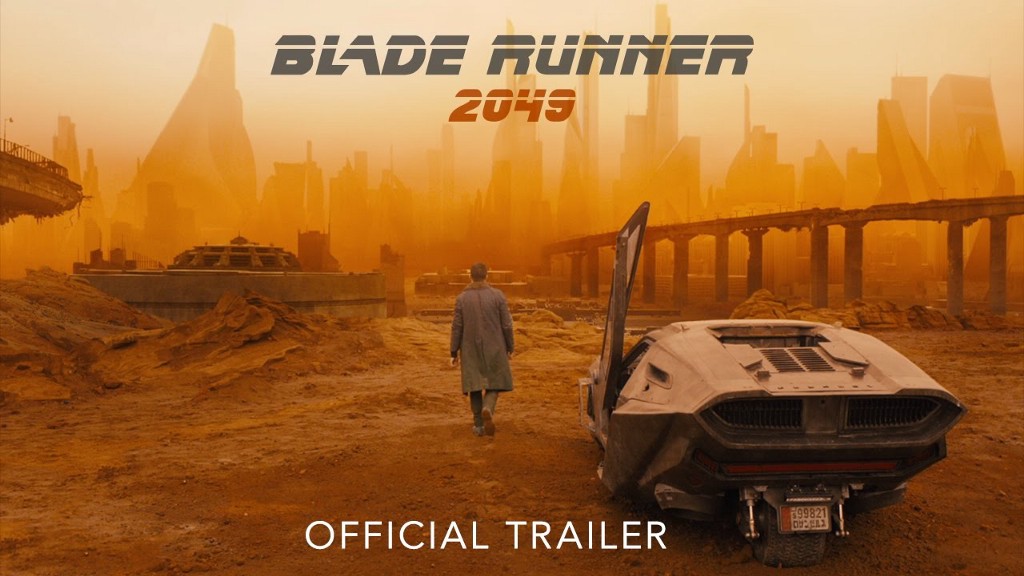It’s 2017, the year Leon Kowalski rolls off the assembly line at the Tyrell Corporation. He’s programmed for slave labor on one of Earth’s off-world colonies. “Spinners,” or flying cars, hover in the sky. Animals are almost extinct, so animoids replace Fluffy and Fido.
The wealthy, segregated in towers above the chaos in the streets below, literally float above the poor. The dystopian vision from the 1982 film Blade Runner mostly hasn’t come to pass. A Blade Runner reboot, set in 2049, hits theaters Oct. 6th, so we thought we’d take a look back at the first film’s vision of the future, er, present.
Let’s start with the flying cars. These vehicles, envisioned by designer Syd Mead, used a combination of jets, anti-gravity and internal combustion engines to lift off the ground. They burned tremendous amounts of fossil fuels — ignoring the progress made on electric vehicles and towards ending our dependence on oil.
World War Terminus did not decimate our environment and pepper most life forms with radioactive dust. Instead, we face the less visually dramatic threat of climate change, responsible in part for massive storms and devastating floods.
The modern-day counterparts of the movie’s “replicants” remain visually and emotionally distinct from human beings, but our dependence on robots grows ever greater, and fears of uncontrollable A.I. remains high. On the other hand the segregation of the wealthy is pretty spot on. (And the Vangelis score, of course, is eternal.)
The original film “tried to project the ’80s into the future and to think about it from a sociological point of view, from a demographic [and technological] point of view,” says Denis Villeneuve, who directed the new Blade Runner 2049.
So what does the new film, which imagines a world where AI gets out of hand, say about where we’re headed? Using cinema as a scenario-planning tool for the future of our planet may be far-fetched. But there’s always Ryan Gosling.











